7 Common Decorating Mistakes & How to Avoid Them

Today, we'll be talking about seven common decorating mistakes. These are things that will hurt your design big time. Avoid these mistakes to ensure a beautiful, comfortable home.
Common decorating mistakes
1. Not planning
The first step in a successful design project is planning. Whether you are a design professional or a DIY homeowner, you must create a well-thought-out plan before starting. Here are three quick tips:
First, create a plan for the entire space.
Let's say you want to renovate your kitchen, but it's open to your dining and living rooms. Although you may not be doing all those spaces then, you still need to plan for the overall space. At a minimum, develop a plan that ties your flooring, window treatments, and paint colors to all three spaces.
Second, measure each space and measure it accurately.
For kitchen and bath design, these measurements are critical. For your other spaces, you want to measure them to ensure that you're purchasing the correct size of furniture and accessories for your space. Buying furniture that is too big or too small for a space will make everything look out of scale.
Don't forget to measure the openings to your doorways, stairs, and elevators.
Third, create a budget.
Plan out how much you can afford to spend on this project. If it's determined that you can't afford to complete the entire project all at once, consider waiting or doing the project in phases. Maybe it's just one room at this time instead of the entire floor. Whatever you do, don't rush and settle for a finished product that you're not completely happy with.
2. Painting first, designing later
I can't tell you how often I've seen someone trying to design and renovate a space around a paint color. You may get lucky if it's something you just painted, but most of the time, people are trying to match a paint color that's been up on the walls for years. The paint color is already dated, and they want to add to that look.
The right way is to find some inspiration, like a piece of artwork, textile, or an area rug you love, and pull a few of those colors out.
Then, build your design around that color scheme. Start with the design first, then bring in your paint color to enhance your design, not vice versa.
3. Making your space beautiful but not functional
I'm guilty of this. At one point, I wanted my space to be light and bright with minimal furnishings, but when my children came along, the white sofas and the glass coffee tables lost some appeal.
At this point, to make a space beautiful and functional, what's important is incorporating furniture and fabrics that can stand up to the wear and tear of a growing family.
In addition, adding plenty of storage, all while keeping safety in mind, is very important.
The key here is to have a great design that lives well. You can still have a beautiful, bright space with plenty of storage, child-friendly textiles, and room for everyone to gather comfortably. Remember, great design is beautiful and functional.
4. Rushing to fill up a space
We love stores like Ikea that offer furniture and finishes with designer looks. I have a number of these pieces in my home. But don't fill up your entire space with vast furniture just to quickly complete your project.
Instead, add timeless furniture pieces. They can make the space feel expensive even when they're the only statement piece in the room. Or incorporate moderately priced furniture, such as your dining set or sofa.
If money is an issue, try doing your design project in phases. Start with your kitchen design and work around the house one room at a time.
5. Not incorporating the proper circulation
What I mean by circulation is how easy it is for someone to move about your space. Can you walk by in the kitchen if the oven door or dishwasher door is open?
There should be at least two feet to move around these items when their doors are open. In the dining room, can someone walk by if someone is sitting in the chair? That's called taking into consideration the chair ride.
The amount of space needed once someone pushes back in their chair.
Or, in the living room, can someone sit on the couch without bumping their knees into the coffee table? Are there 18 inches between the sofa and the coffee table?
This goes back to measuring out your space and leaving proper clearances so that circulation through each space is not met with obstacles. Remember, proper circulation equates to comfortable and functional spaces.
6. Room to room lacks cohesion
So, have you gone into a home where the kitchen is ultra-modern, the dining room is farmhouse chic, and the living room is traditional?
If you want to design a beautiful home, then take a moment to understand your design style. Is it industrial? Is it Scandinavian? Is it Boho chic? Once you know what that is, incorporate those elements throughout your home.
Make sure that your design style runs through like a current. It should flow naturally through your home. That consistency will make your home feel like a well-thought-out design by a professional.
7. No lighting plan
This is a big one for me. You will have wasted your valuable time if you incorporate all the tips I've mentioned earlier and don't do this one. Lighting design is a significant part of a successful project. Poor lighting will diminish everything you've worked so hard on.
One source of light in a room is a no-no.
You must have a layered lighting plan that includes ambient, task, accent, and decorative lighting.
Ambient lighting is the central fixture fixed to the ceiling or the walls. Task lights are your lamps. Accent lighting includes recessed lights that wash over your walls and highlight your artwork. Decorative lighting can act as artwork all in and of itself. Lighting is everything. Layer your lighting.
Common decorating mistakes
Those are the most common decorating mistakes people make when decorating their homes. Have you made any of these mistakes? Share which ones and how you are correcting them in the comments below.










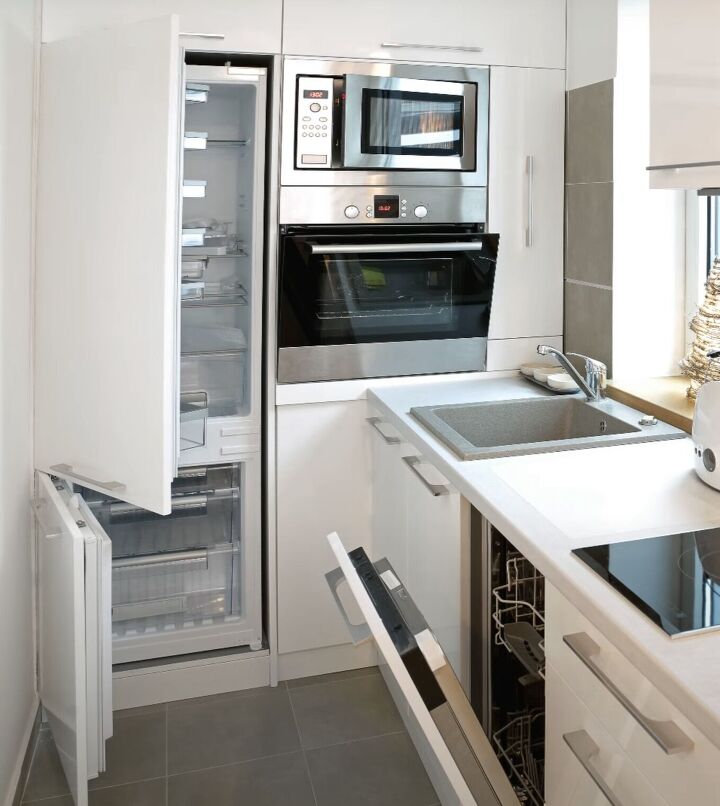







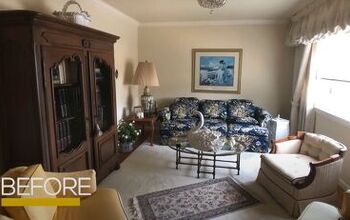
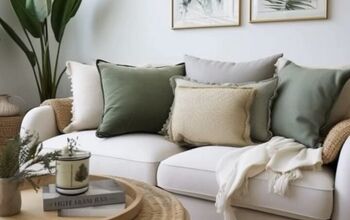



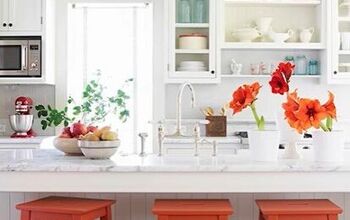




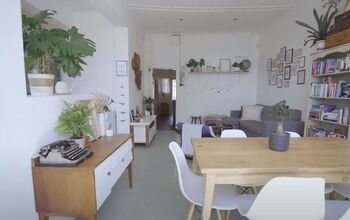
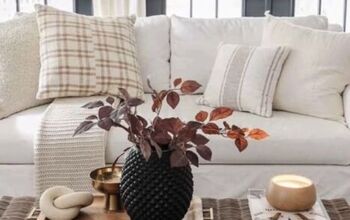


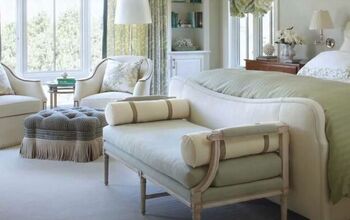

Comments
Join the conversation